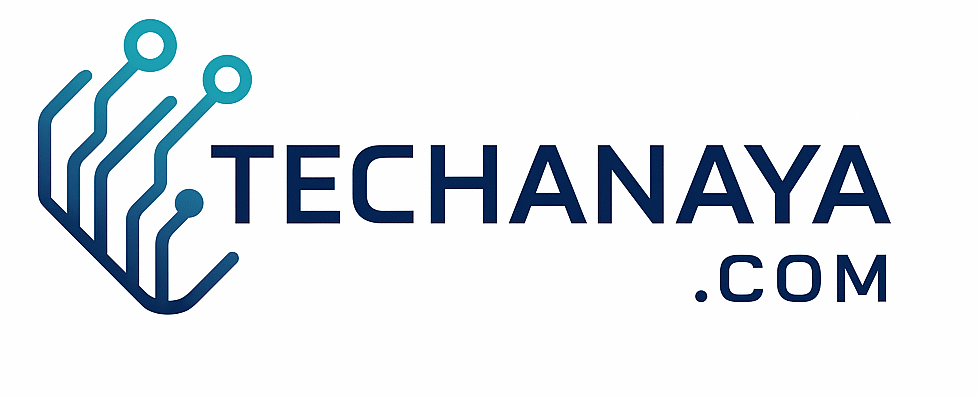Technology Procurement Case Study: How Smart Systems Transform Business Operations
In today’s fast-paced digital economy, organizations are under constant pressure to adapt, innovate, and stay competitive. Yet one of the least understood areas driving this change is technology procurement, the process through which businesses source, evaluate, and integrate digital solutions to support long-term objectives.
Unlike traditional procurement that focuses mainly on price and delivery, modern technology procurement is strategic, data-driven, and transformative. It’s about ensuring every technological investment aligns with business goals, enhances efficiency, and strengthens resilience.
Companies that master this process gain a decisive advantage. They reduce waste, optimize vendor relationships, and create a foundation for scalable growth. This article explores a comprehensive technology procurement case study, showing how one organization leveraged smart procurement systems to achieve measurable business transformation.
By examining their journey, challenges, and results, we’ll uncover practical lessons that any business, large or small, can apply to streamline its procurement processes and drive better ROI through digital intelligence.

What Is Technology Procurement?
Featured Snippet:
Technology procurement is the strategic process of identifying, acquiring, and managing technology resources, such as hardware, software, and IT services, to enable business growth and operational efficiency.
In simpler terms, it’s how companies decide what technology to buy, who to buy it from, and how to get the most value from that investment. Unlike one-time purchasing, it’s an ongoing process of evaluation, negotiation, integration, and management.
Core components of the process include:
- Assessing business technology needs.
- Researching and shortlisting potential vendors.
- Conducting risk and compliance evaluations.
- Managing contracts and renewals.
- Tracking total cost of ownership (TCO).
Well-structured technology procurement ensures organizations don’t just buy tools, they invest in solutions that drive productivity, innovation, and strategic alignment.
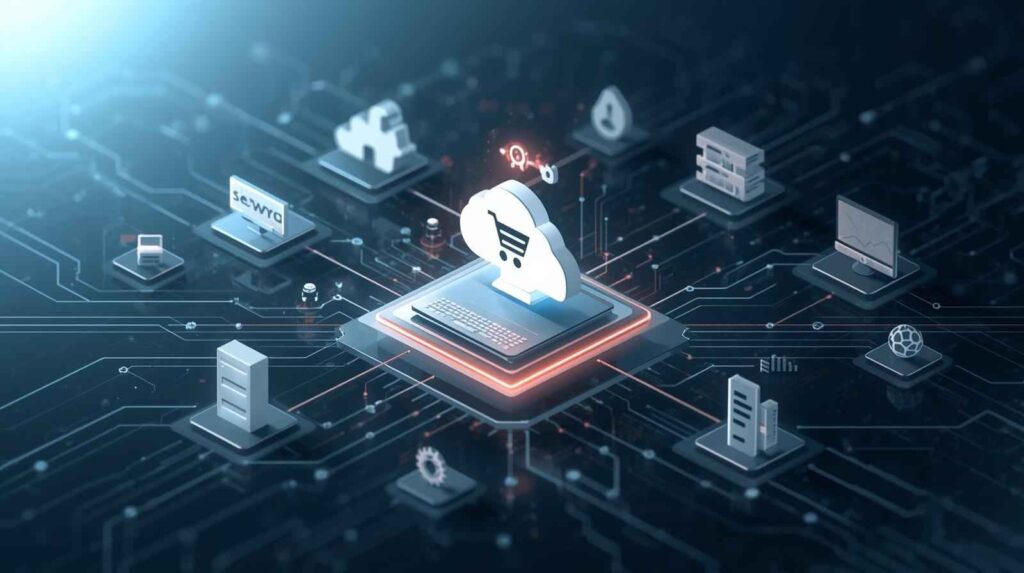
Why Technology Procurement Matters in the Modern Business World
Technology is at the center of every successful business strategy today. From automation platforms to cybersecurity systems, every department depends on technology to operate efficiently.
A strong procurement strategy offers multiple benefits:
- Cost Optimization: Avoids overspending and reduces redundant software licenses.
- Operational Efficiency: Automates repetitive processes and shortens procurement cycles.
- Compliance Assurance: Ensures vendors meet data security and regulatory standards.
- Strategic Visibility: Provides real-time insights into spending, vendor performance, and ROI.
When procurement operates intelligently, it becomes a strategic enabler, not just a back-office function.

Case Study Overview: From Legacy Procurement to Intelligent Systems
To understand the impact of smart procurement, let’s analyze the transformation journey of TechSource Solutions, a mid-sized global enterprise.
Background:
TechSource relied on legacy systems, spreadsheets, and manual approval chains. This created delays, errors, and limited visibility into spending. Procurement was viewed as a cost center rather than a strategic partner.
Challenges:
- Siloed systems and fragmented supplier data.
- Excessive time spent on manual vendor evaluations.
- Untracked renewal cycles and budget overruns.
- No performance metrics for vendors or processes.
The company’s leadership realized the need to digitally transform procurement, to move from reactive purchasing to proactive strategy.
Goal:
To build a smart, integrated procurement ecosystem powered by automation, analytics, and transparency.
Step 1: Assessing the Procurement Maturity Level
Before adopting any technology, TechSource conducted a procurement maturity assessment.
This process helped identify which areas needed immediate improvement and which could be optimized later.
Key insights:
- Nearly 40% of vendor contracts lacked renewal reminders.
- Duplicate software tools existed across multiple departments.
- Vendor onboarding time averaged 15 days—far too long for a fast-moving business.
The findings made one thing clear: without digital tools and data integration, the company couldn’t sustain long-term efficiency.
Step 2: Building a Data-Driven Procurement Strategy
Next, the team developed a comprehensive strategy based on four guiding principles:
- Automation First: Reduce manual tasks by introducing workflow automation and digital approval systems.
- Data Centralization: Unify all procurement-related data under one secure platform.
- Performance Measurement: Use KPIs to track supplier quality, delivery speed, and compliance.
- Sustainability: Prioritize ethical sourcing and eco-conscious suppliers.
This shift marked the transition from transactional procurement to strategic value management.
Step 3: Selecting and Evaluating Vendors
Featured Snippet:
Vendor evaluation in technology procurement involves analyzing suppliers based on innovation, reliability, cost-effectiveness, security standards, and long-term scalability.
TechSource implemented a vendor scorecard system, ranking suppliers against metrics like:
- Service quality and responsiveness.
- Integration capabilities with existing systems.
- Total cost of ownership (TCO).
- Regulatory compliance (GDPR, ISO 27001).
- Innovation potential.
After evaluation, TechSource chose two main partners:
- ProcuraTech: For automating procurement workflows.
- DataVision: For advanced spend analytics and supplier intelligence.
This partnership laid the foundation for measurable transformation.
Step 4: System Implementation and Change Management
Transitioning from legacy systems to smart procurement required a phased rollout.
Implementation stages:
- Data Migration: Transferred all vendor and purchase data into a single digital system.
- Training & Adoption: Conducted workshops to familiarize teams with new workflows.
- Integration: Linked the system with financial and ERP software for seamless data flow.
- AI Enablement: Activated predictive analytics to forecast demand and spending patterns.
By the end of the rollout, TechSource reduced invoice approval times from 10 days to just 3 days, and vendor onboarding dropped to 5 days.
Step 5: Continuous Monitoring and Optimization
The transformation didn’t stop at implementation. Continuous improvement became central to TechSource’s culture.
The company established real-time procurement dashboards to monitor:
- Procurement cycle time
- Supplier reliability index
- Cost-saving ratio
- Compliance accuracy
Data analytics allowed procurement leaders to identify trends, optimize contract terms, and negotiate better rates, creating a cycle of continuous optimization.

Key Results and Business Impact
After 12 months of using the smart procurement platform, TechSource achieved remarkable results:
- 35% reduction in redundant software expenses.
- 50% faster supplier onboarding.
- 45% improvement in procurement cycle time.
- 100% compliance visibility across all vendor contracts.
- 30% higher employee satisfaction due to reduced administrative work.
More importantly, procurement became a strategic contributor to innovation and growth rather than a support function.

Common Challenges in Technology Procurement
Despite the success, TechSource’s journey revealed common challenges many organizations face:
- Change Resistance: Employees initially resisted automation due to job security fears.
- Data Inconsistency: Migrating historical data required extensive cleansing and validation.
- Vendor Complexity: Managing multiple digital vendors created integration hurdles.
- Budget Constraints: Initial setup costs were high before ROI was visible.
- Cybersecurity Risks: Ensuring third-party vendors met stringent data protection standards.
Overcoming these required leadership support, ongoing training, and clear communication about the long-term benefits.

Best Practices for Modern Technology Procurement
Featured Snippet:
To achieve successful technology procurement, organizations should align procurement goals with business strategy, embrace automation, and measure outcomes through data-driven KPIs.
Key best practices include:
- Strategic Alignment: Ensure every purchase supports business priorities.
- Automation Adoption: Use AI and cloud tools to streamline repetitive tasks.
- Supplier Collaboration: Treat vendors as long-term partners, not transactional providers.
- Performance Metrics: Track measurable outcomes instead of relying on assumptions.
- Risk Mitigation: Establish cybersecurity standards for all suppliers.
- Sustainability Integration: Include ESG goals in supplier evaluation.
By embedding these principles, companies turn procurement into a driver of innovation and competitive advantage.
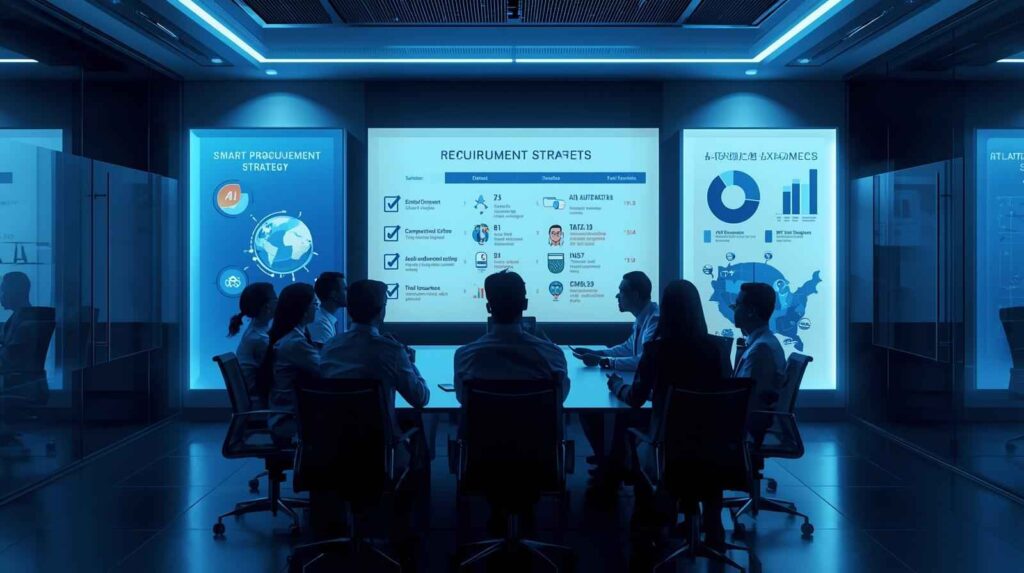
Role of AI and Predictive Analytics in Procurement
AI is reshaping procurement through intelligent automation and predictive insights.
For TechSource, AI-based analytics provided:
- Predictive Demand Forecasting: Anticipating needs before shortages occur.
- Anomaly Detection: Identifying irregular spending patterns early.
- Smart Recommendations: Suggesting cost-saving supplier alternatives.
- Automated Compliance Monitoring: Ensuring regulatory alignment.
These capabilities transformed procurement from a reactive to a proactive intelligence function, capable of influencing strategy across departments.
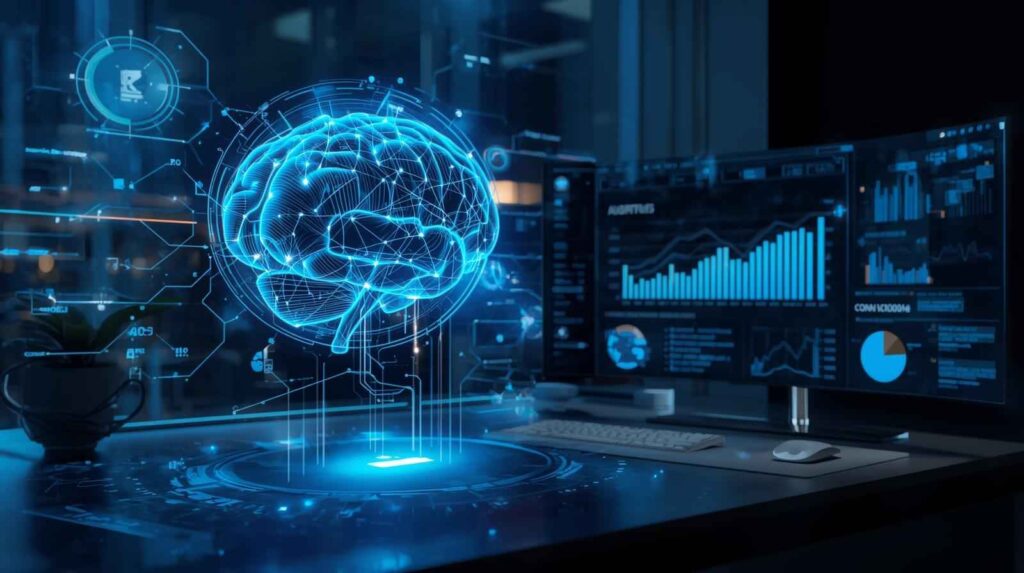
Procurement and Organizational Culture
Technology procurement isn’t just a technical change, it’s a cultural one.
At TechSource, employees began to perceive procurement as a partner in innovation rather than a barrier. Collaboration between finance, IT, and operations strengthened, resulting in faster decisions and shared accountability.
This cultural transformation created an environment where transparency, data-driven insights, and collaboration became daily practice.

Future Trends in Technology Procurement
The future of procurement is intelligent, autonomous, and sustainability-driven.
Emerging trends shaping the next decade include:
- Blockchain for Transparency: Smart contracts that prevent fraud and ensure traceability.
- AI-Driven Negotiation Bots: Automating vendor discussions and price optimization.
- Sustainable Sourcing Models: Integrating environmental impact metrics into decisions.
- Procurement-as-a-Service (PaaS): Outsourcing procurement intelligence for flexibility.
- Real-Time Market Analytics: Instant visibility into supplier risk and global disruptions.
Organizations that invest early in these technologies will gain a significant competitive edge.

Lessons Learned from the Case Study
TechSource’s experience highlights crucial takeaways for businesses embarking on similar journeys:
- Digital procurement success depends on leadership vision and staff buy-in.
- Data quality and integration are the backbone of transformation.
- Continuous improvement ensures long-term ROI.
- Technology must serve people, not replace them.
Smart procurement is less about tools and more about strategy, collaboration, and adaptability.
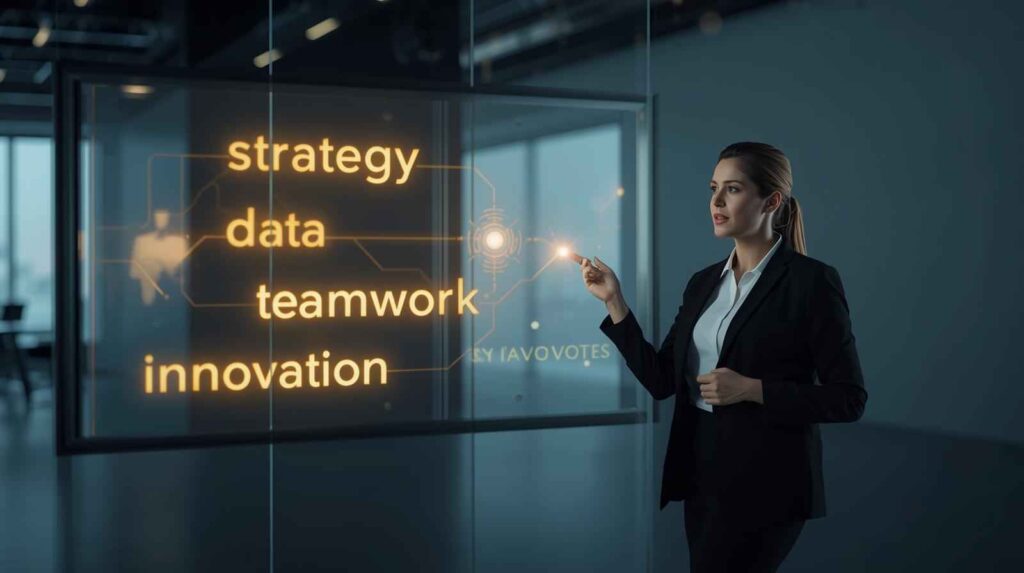
Frequently Asked Questions (FAQs)
1. What is a technology procurement case study?
It’s a real-world analysis showing how an organization improved its procurement performance using digital tools, automation, and data analytics.
2. Why is technology procurement important for businesses?
It ensures companies make informed, cost-effective, and secure technology investments that align with business goals.
3. How does AI improve procurement efficiency?
AI automates data entry, detects anomalies, forecasts demand, and recommends the best suppliers, saving time and reducing risk.
4. What are the main challenges in adopting smart procurement systems?
Challenges include data migration, employee resistance, integration complexity, and initial cost investment.
5. How can companies measure procurement success?
By tracking KPIs like cost savings, cycle time, vendor reliability, and compliance rates.
6. What is the future outlook for procurement technology?
AI, blockchain, and predictive analytics will dominate, creating transparent, efficient, and intelligent procurement ecosystems.
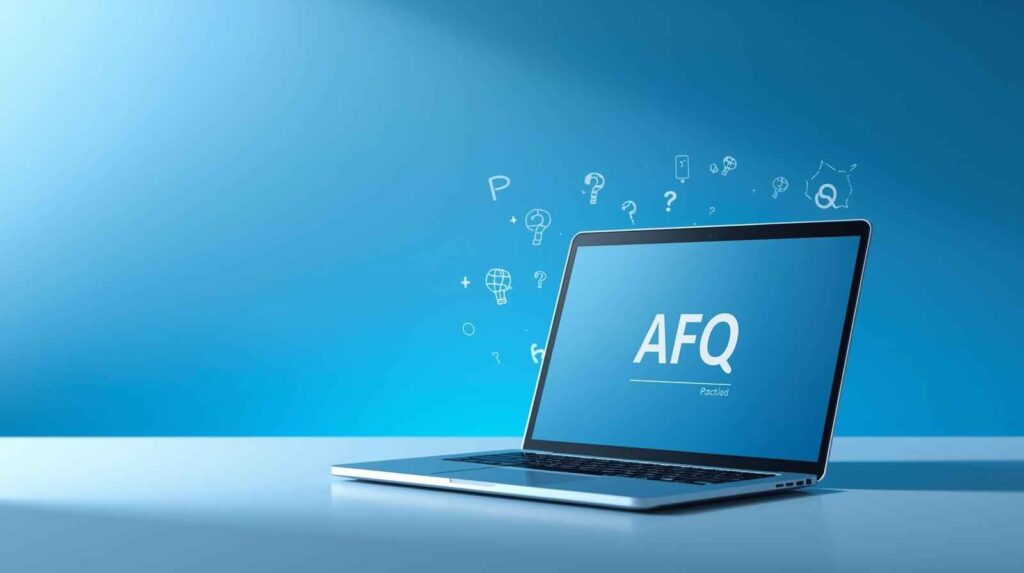
Conclusion
This technology procurement case study proves that smart systems can fundamentally change how organizations buy, manage, and leverage technology.
By integrating automation, analytics, and strategy, procurement evolves from a back-office function into a core driver of innovation and growth. The journey isn’t without challenges, but the rewards, cost savings, agility, and strategic clarity, are worth the effort.
Businesses that embrace intelligent procurement today will lead the digital transformation wave tomorrow. The future belongs to those who treat procurement not as a cos, , but as a strategic investment in innovation.
